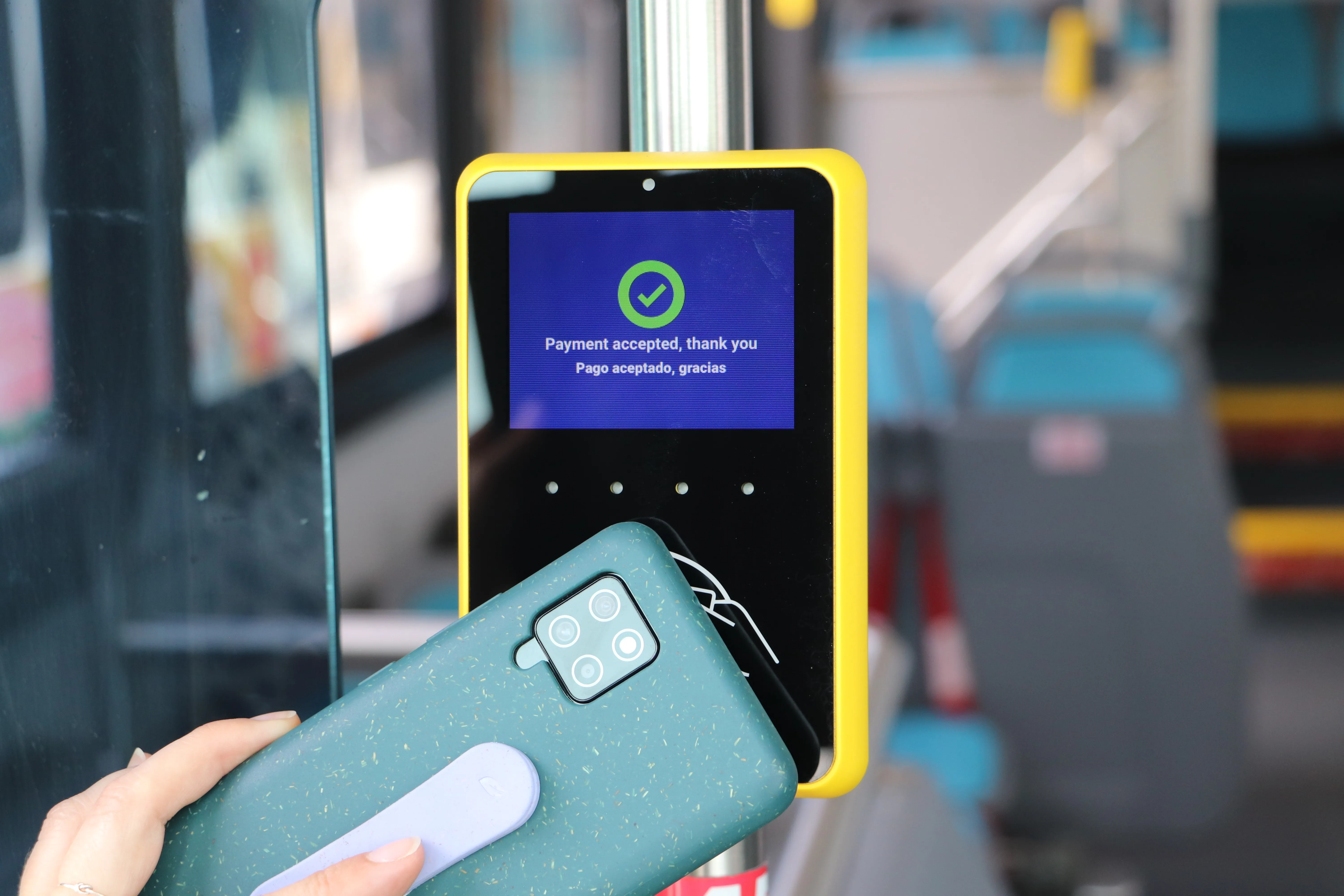Canterbury City Council in the UK has taken delivery of Parkeon’s first ParkREG with barriers system to be installed in the UK to replace ageing pay on foot technology, bringing a number of benefits, including pre-booking capability.
ParkREG with barriers is an innovative parking payment and centralised management solution which integrates automatic number plate recognition (ANPR) cameras and barriers on entry/exit lanes with Astreo terminals.
Canterbury uses numerous technologies to control its pa
June 13, 2014
Read time: 2 mins
Canterbury City Council in the UK has taken delivery of 251 Parkeon’s first ParkREG with barriers system to be installed in the UK to replace ageing pay on foot technology, bringing a number of benefits, including pre-booking capability.
ParkREG with barriers is an innovative parking payment and centralised management solution which integrates automatic number plate recognition (ANPR) cameras and barriers on entry/exit lanes with Astreo terminals.
Canterbury uses numerous technologies to control its parking operations and in its park and ride car parks, but opted for the ParkREG off-street system because it provided a solution in keeping with its technology-driven vision of parking control.
The payment statistics and financial auditing of the system are incorporated into the Council’s existing Parkfolio back-office system, allowing it to have one fully integrated centralised system.
Parking management head Colin Perris commented: “Parkeon worked with us to fine tune the ParkREG system to our specific needs and motorists can now park their car and return to the car park without the need to carry - and potentially lose or damage -a ticket. Upon their return, they simply enter their vehicle registration number via the pay station’s colour touch screen and then pay for the duration of their stay. The system also offers the opportunity to subscribe online and pre-book parking without the need for any paperwork or manual pass cards. We’re very pleased with the results.”
ParkREG with barriers is an innovative parking payment and centralised management solution which integrates automatic number plate recognition (ANPR) cameras and barriers on entry/exit lanes with Astreo terminals.
Canterbury uses numerous technologies to control its parking operations and in its park and ride car parks, but opted for the ParkREG off-street system because it provided a solution in keeping with its technology-driven vision of parking control.
The payment statistics and financial auditing of the system are incorporated into the Council’s existing Parkfolio back-office system, allowing it to have one fully integrated centralised system.
Parking management head Colin Perris commented: “Parkeon worked with us to fine tune the ParkREG system to our specific needs and motorists can now park their car and return to the car park without the need to carry - and potentially lose or damage -a ticket. Upon their return, they simply enter their vehicle registration number via the pay station’s colour touch screen and then pay for the duration of their stay. The system also offers the opportunity to subscribe online and pre-book parking without the need for any paperwork or manual pass cards. We’re very pleased with the results.”










